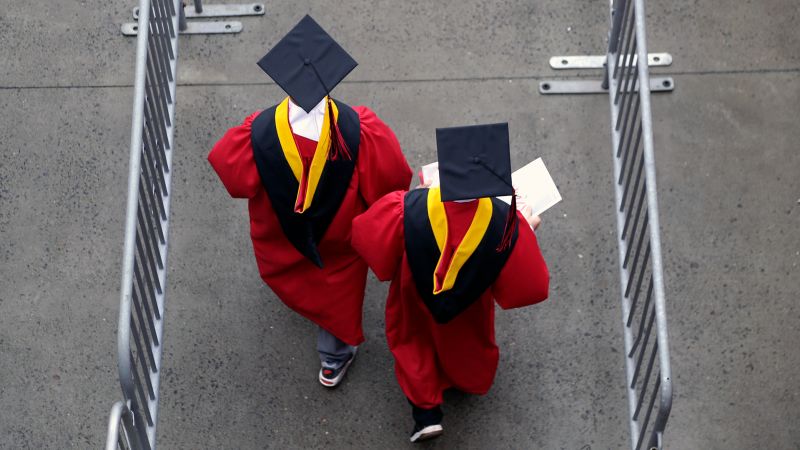
CNN
—
Some student loan servicers have recently cut back on customer service hours, adding to the fear that borrowers won’t have sufficient support when transitioning back into repayment after a more than three-year pandemic pause.
There was already concern over whether the critical return to repayment set for later this year would go smoothly after Congress appropriated the Federal Student Aid office about $800 million less than what the Biden administration had asked for this year. The office contracts with several outside organizations to handle the billing and other services on federal student loans.
EdFinancial Services, Aidvantage and MOHELA have reduced the number of hours during which a borrower can reach a customer service representative on the phone, according to CNN’s review of earlier versions of the companies’ websites. None of those three servicers currently have Saturday hours.
Another major servicer, Nelnet, said in March that the Department of Education had modified its current contract, “significantly” decreasing the amount it earns per borrower per month. The company has laid off hundreds of people this year, though customer service hours have remained the same, according to Nelnet’s website.
A spokesperson from EdFinancial referred CNN to the Department of Education. Aidvantage and MOHELA could not be reached for comment.
The Department of Education declined to say whether it had modified student loan servicer contracts across the board, but in an email to CNN said that the agency is “deeply concerned about the lack of adequate annual funding made available to Federal Student Aid this year.”
“The Department remains focused on doing everything in its power to better serve students and borrowers, and we are fully committed to supporting student loan borrowers as they successfully navigate returning to repayment,” it said.
Scott Buchanan, executive director of the Student Loan Servicing Alliance, a nonprofit trade association, warned that cuts to customer service could result in fewer customer service representatives, reduced hours and potentially longer processing times.
“We’ll continue to support ED and borrowers with the resources we are given,” he said.
Federal student loan borrowers have not had to make any payments since March 2020, thanks to a pandemic-related pause that was extended several times by both the Trump and Biden administrations.
The Biden administration has now tied the payment restart date to the litigation over its separate, one-time forgiveness program, which was heard by the US Supreme Court at the end of February. If allowed to move forward, the program would grant up to $20,000 in debt relief to qualifying federal student loan borrowers.
Federal student loan payments are set to resume 60 days after the Supreme Court issues its ruling, or in late August – whichever comes first. The justices are expected to rule in late June or early July, but a decision could come earlier.
Bringing roughly 44 million borrowers back into repayment at one time is an unprecedented task. Many people may be confused about how much they owe, when to pay and how. Millions of borrowers will have a different servicer handling their student loans since the last time they made a payment. Missing payments can result in monetary fees.
“There’s going to be a lot of people who need help and not a lot of help to go around,” said Michele Shepard, senior director of college affordability at The Institute for College Access and Success.
Shepard recommends borrowers reach out to their student loan servicer with any questions about their loans as soon as possible, especially if they are interested in enrolling in an income-driven repayment plan. Those plans, which set payments based on income and family size, can lower monthly payments but require borrowers to submit some paperwork.
The resumption of federal student loan payments is not the only heavy lift the Federal Student Aid office faces this year.
In July, the Department of Education plans to implement permanent changes to the Public Service Loan Forgiveness program to make it easier for government and nonprofit workers to qualify for debt relief after making 10 years of payments. The program has long been plagued with loan servicing problems.
The agency is also working on a new income-driven repayment plan, aimed at reducing monthly debt burdens as well as the total amount borrowers pay over the lifetime of their loans.
If the Supreme Court allows the one-time forgiveness program to move forward, it would also create more work for the Federal Student Aid office. Republicans made sure that no new funding for the implementation of the forgiveness program was included in the federal spending law passed by Congress late last year.
The Federal Student Aid office is also working on a new, simplified version of the financial aid form – the Free Application for Federal Student Aid, known as the FAFSA – which college students are required to submit each year in order to be eligible for federal student loans, grants and work-study aid. Normally the FAFSA is available in October, but the revamped form is not expected to be ready until December.

